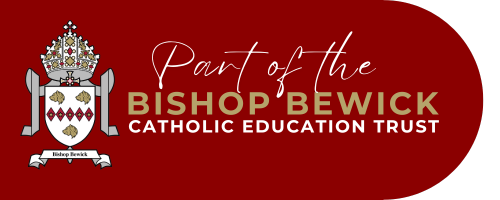
DESIGN TECHNOLOGY
INTENT:
Why do we teach computing? Why do we teach it the way we do?
Design Technology is firmly connected to a range of other subject areas including maths, science, ICT and art and design. It allows children to see the real life applications for other subjects and to make links between their own work and that of scientists, engineers and designers.
At St Teresa’s we intend to provide a design and technology curriculum in which pupils are encouraged to investigate, plan, adapt and evaluate their own work, to help them appreciate design as being a dynamic and ever changing process. This also provides children the opportunity to not only see the real life applications for this subject but to make links between their own work and that of scientists, engineers and designers.
IMPLEMENTATION:
What do we teach? What does this look like?
At St Teresa’s our design and technology curriculum (in KS1 and KS2) is taught as part of a block curriculum approach. This approach means that each year group receives one week of design and technology teaching per-term. Work is often linked to topics and uses cross curricular links and focuses on the development of subject specific skills and knowledge. The starting point for planning is taken from the National Curriculum, then further informed by sticky knowledge identified in Focus education to further ensure a broad and balanced approach to the teaching of design and technology.
As a school we utilise people and events within our local community to provide a meaningful context for learning and to show the children the impact design and technology can have in our daily lives, and the possible careers paths it can lead to.
IMPACT:
It is through the planning and provision of a broad and balanced design and technology curriculum that pupils are encouraged to investigate, plan, adapt and evaluate their own work, to help them appreciate design as being a dynamic and ever changing process. Within projects pupils learn to consider purpose and audience for their products. They work independently and collaboratively, which develops their co-operation and understanding of people having different areas of strength and expertise. Pupils develop a knowledge and understanding of materials, mechanisms and structures, in order to make informed decisions relating to their products. They also learn how to use a variety of tools in a safe and supervised environment. Throughout their design and technology work children are supported in becoming reflective learners, celebrating their successes and learning from their experiences.
How do we monitor and review the impact of design and technology at our school?
The Design and technology subject leader uses the following lines of enquiry to assess the impact of the Design and Technology curriculum:
• The profile of Physical Development and Expressive Arts and Design in Early Years.
• The use of a progression of skills based on both the National Curriculum requirements and Focus Education for Year 1 through to Year 6.
• Sampling of work from across the primary age range.
• Discussions with pupils and teachers in the form of pupil voice and teacher voice.
Below you can see our creative design and technology curriculum in action. These pictures show happy, motivated and resilient learners, developing new skills at an age appropriate level. Children have the opportunity to work in groups and independently and are provided the opportunity to reflect critically upon their own performance and understanding.
Children experience memorable and relevant opportunities to develop skills while solving real life problems and thinking of new, innovative inventions.


